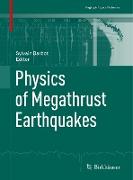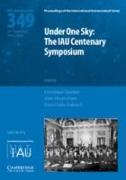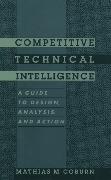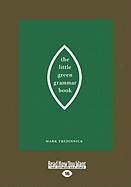Physics of Megathrust Earthquakes
BücherAngebote / Angebote:
This topical volume on the physics of megathrust earthquakes investigates many aspects of the earthquake phenomenon, from the geodynamic setting of subduction zones, to interseismic and postseismic deformation, slow-slip events, dynamic rupture, and tsunami generation.
The dynamics of the seismic cycle at megathrusts is rich in various types of earthquakes, many of which only recently discovered. Our early understanding of the earthquake phenomenon was a type of stick-slip motion, where the fault is loaded by tectonic forces for an extended period, followed by rapid failure. Extensive seismic and geodetic monitoring of subduction zones has revealed a much more varied seismic behavior, where episodic fault slip can occur at any slip velocity between the background loading rate, of the order of a few atoms per second, and the fast seismic range, about a meter per second. Events that fill the gap between slow creep and fast ruptures include a host of slow earthquakes. Subduction zones therefore provide a natural laboratory to better understand the physics of earthquakes and faulting.
Previously published in Pure and Applied Geophysics, Volume 176, Issue 9, 2019
The chapters "Interseismic Coupling and Slow Slip Events on the Cascadia Megathrust", "Effect of Slip-Weakening Distance on Seismic-Aseismic Slip Patterns", "Physics-Based Scenario of Earthquake Cycles on the Ventura Thrust System, California: The Effect of Variable Friction and Fault Geometry", and "A Secondary Zone of Uplift Due to Megathrust Earthquakes" are available as open access articles under a CC BY 4.0 license at link.springer.com
Folgt in ca. 5 Arbeitstagen




